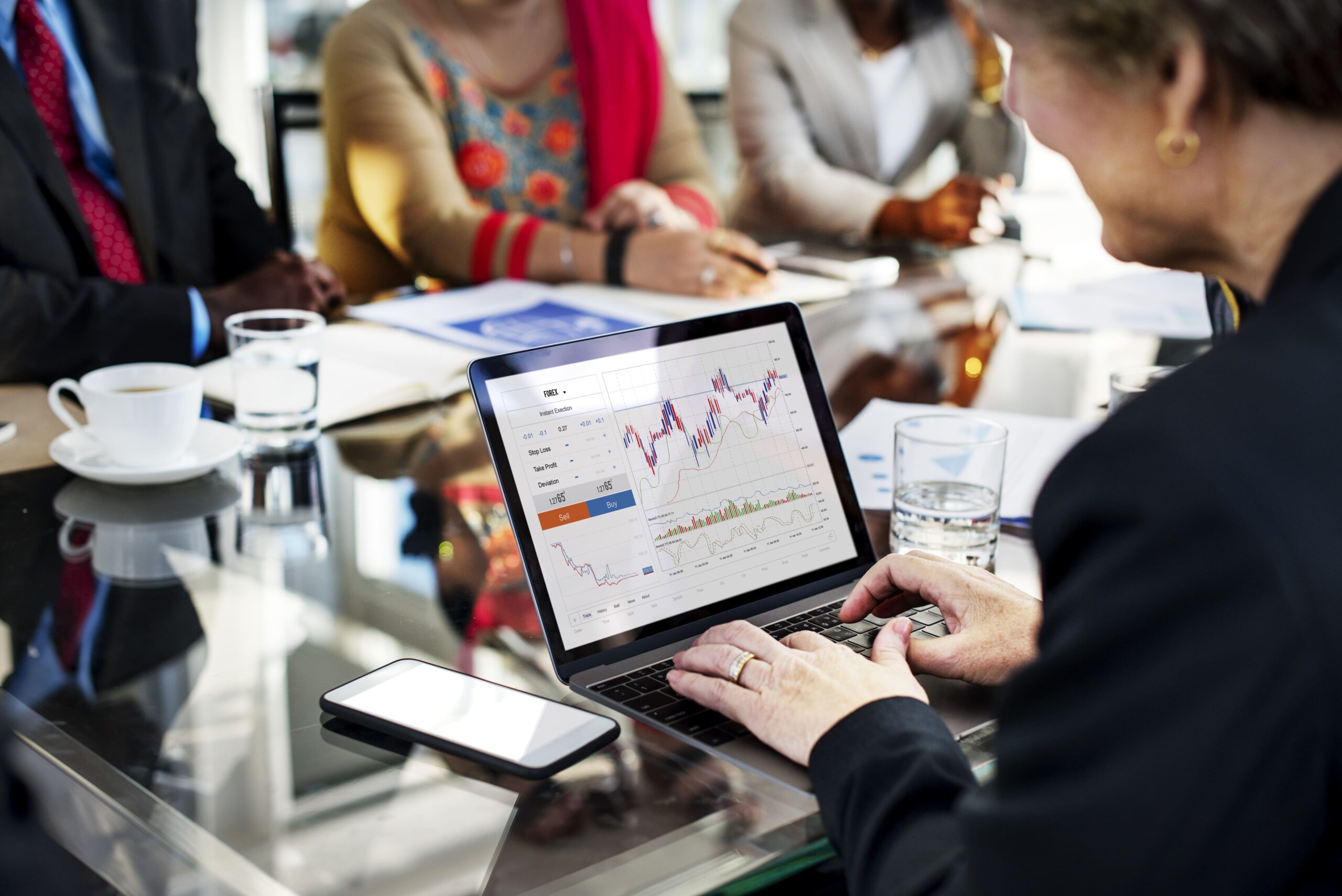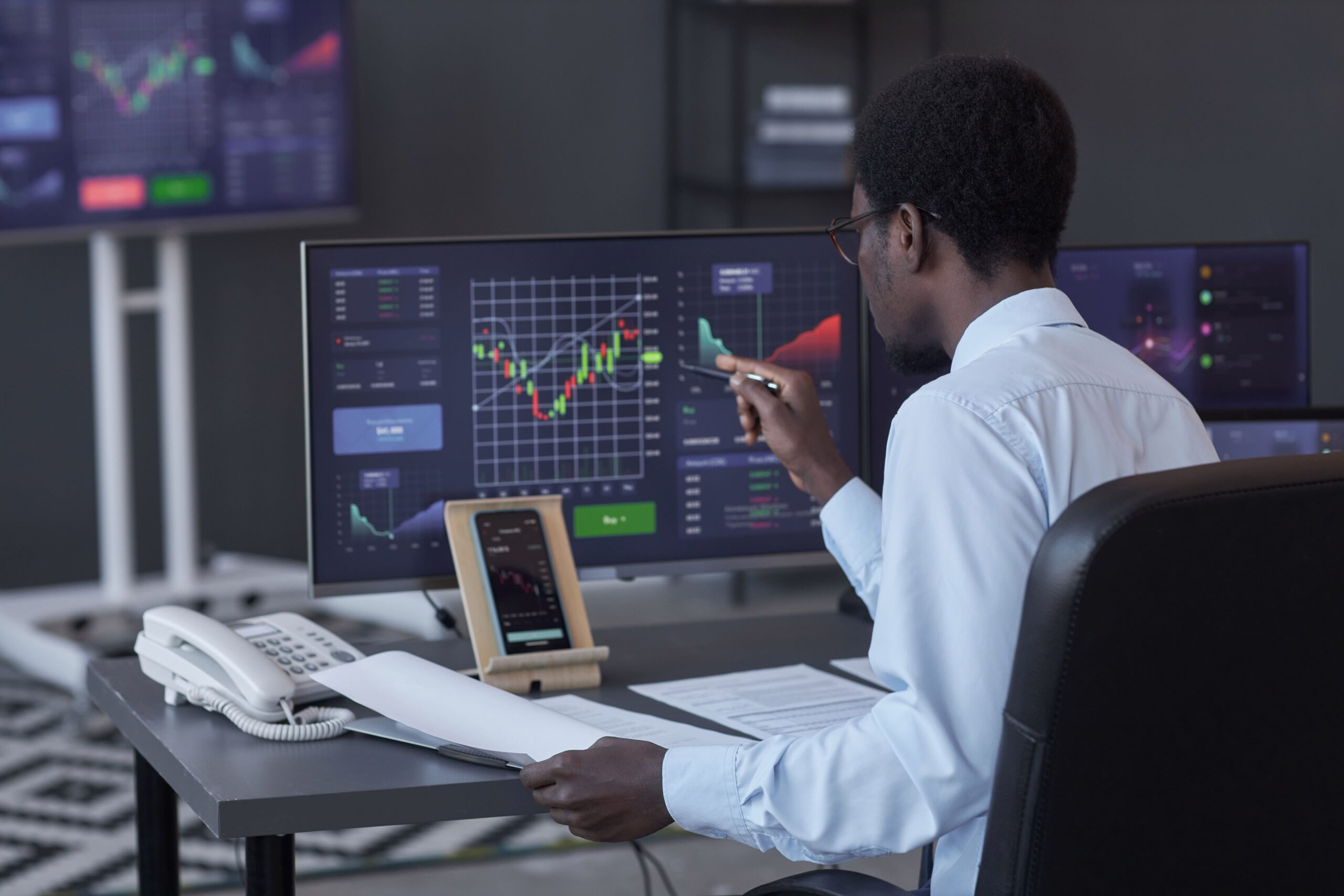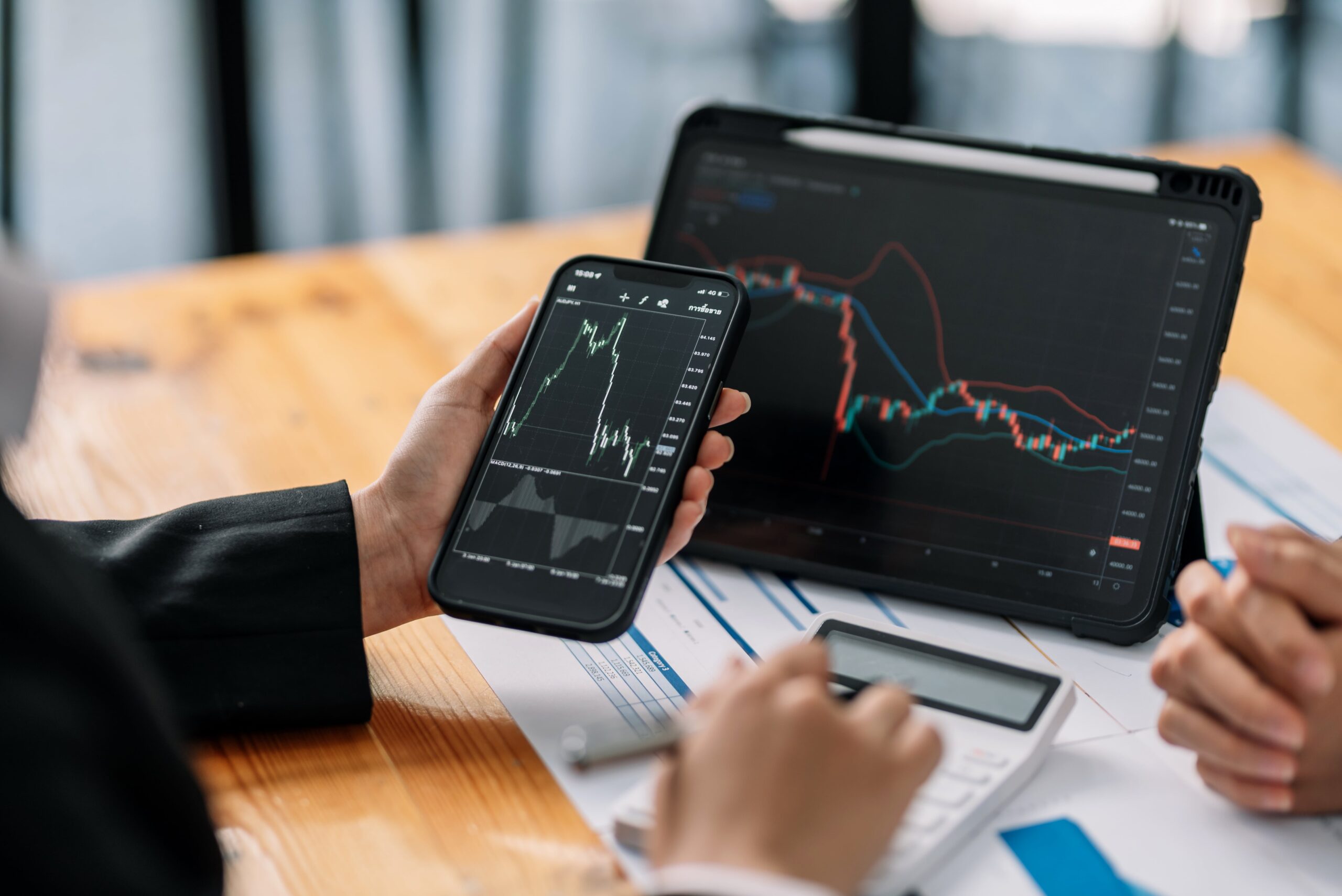The rise of artificial intelligence (AI) and algorithmic trading is transforming the world of financial markets, especially in cryptocurrency. By automating processes and analyzing vast amounts of data in real time, AI and algorithms offer traders powerful tools for optimizing trades, identifying patterns, and making data-driven decisions. In this article, we’ll explore how AI and algorithms are used in trading and how they can benefit traders of all levels.

Understanding AI and Algorithmic Trading
AI trading leverages machine learning, data analytics, and predictive modeling to identify trading opportunities based on market data. Algorithmic trading, on the other hand, involves using a set of predefined rules or “algorithms” to automatically execute trades. These algorithms can be programmed to react to specific market conditions, such as price, volume, or volatility.
Together, AI and algorithms can process massive amounts of data in seconds, something that would be impossible manually. This speed and efficiency allow traders to capitalize on even the smallest price changes, making AI and algorithmic trading particularly valuable for high-frequency trading (HFT) strategies.
Types of AI and Algorithmic Trading Strategies
AI and algorithms support a wide variety of trading strategies, each suited to different goals and trading styles.
- High-Frequency Trading (HFT): HFT uses powerful algorithms to execute numerous trades within fractions of a second. By identifying micro-movements in the market, HFT aims to earn small profits that accumulate over thousands of trades. This approach requires advanced algorithms and is typically used by institutions or highly experienced traders.
- Market Making: Algorithms can also be used to provide liquidity to the market by placing simultaneous buy and sell orders. This market-making strategy allows traders to profit from bid-ask spreads and ensures smoother trading activity.
- Sentiment Analysis: AI can analyze social media posts, news articles, and online forums to gauge market sentiment. By identifying positive or negative sentiment around an asset, AI tools can help traders anticipate price movements driven by social sentiment.
- Arbitrage: In the crypto market, arbitrage involves taking advantage of price discrepancies for the same asset on different exchanges. Algorithms can quickly detect and execute arbitrage opportunities, ensuring traders lock in profits before the market adjusts.
Advantages of AI and Algorithms in Trading
The primary benefits of AI and algorithmic trading are speed, efficiency, and accuracy. Here are some key advantages:
- Data-Driven Decision Making: AI processes massive amounts of data in real time, enabling traders to make informed decisions based on extensive market analysis rather than intuition alone.
- Reduced Human Error: By automating trades, AI and algorithms reduce the risk of human error, such as miscalculations or emotionally-driven decisions.
- Increased Trading Speed: Algorithmic trading can execute orders faster than any human could, allowing traders to respond immediately to changing market conditions.
- 24/7 Market Monitoring: Since the crypto market operates around the clock, AI algorithms provide continuous monitoring and trading, allowing traders to capitalize on opportunities at any hour.

Challenges and Limitations of AI Trading
While AI and algorithmic trading offer numerous benefits, they come with their own set of challenges and limitations.
- High Costs: Developing and maintaining AI trading algorithms can be costly. Access to advanced tools, data feeds, and computational power requires substantial investment, often limiting advanced AI trading to larger institutions.
- Over-Reliance on Algorithms: Relying solely on algorithms without understanding the underlying market dynamics can lead to significant losses. AI models are only as good as the data and assumptions they’re built on, and they may fail during unexpected market events.
- Market Impact: High-frequency trading strategies, particularly those employed by large institutional players, can increase market volatility. This added volatility can disrupt regular market operations, impacting other traders and leading to regulatory scrutiny.
How to Get Started with AI and Algorithmic Trading
For those interested in exploring AI trading, getting started doesn’t necessarily require building a model from scratch. Here are some ways to begin:
- Use Existing AI Tools: Many platforms offer built-in AI trading tools and bots, such as CryptoHopper, 3Commas, or TradeSanta. These tools allow beginners to apply algorithmic strategies without extensive programming knowledge.
- Experiment with Algorithmic Trading Platforms: Many brokerages and exchanges offer access to algorithmic trading platforms where you can design and test trading algorithms with historical data. Platforms like MetaTrader and QuantConnect allow users to experiment with different strategies and indicators.
- Learn Basic Coding Skills: For those wanting to customize or build their algorithms, learning Python or another programming language is beneficial. Many AI and algorithmic trading strategies are developed using Python due to its wide array of data analysis and machine learning libraries.
Balancing AI and Human Insights in Trading
Although AI and algorithms offer impressive capabilities, human oversight is essential for effective trading. Markets can be unpredictable, and there are times when human intuition and analysis can identify risks or opportunities that AI might overlook. By combining algorithmic tools with market knowledge, traders can strike a balance between automation and informed decision-making.
Conclusion:
AI and algorithmic trading are transforming the financial and crypto markets, enabling faster, data-driven trading strategies. From high-frequency trading to sentiment analysis and arbitrage, AI tools offer traders a competitive edge.
However, AI trading also comes with challenges, requiring substantial investment and human oversight to mitigate risks. For traders looking to leverage AI, starting with existing tools and platforms provides a solid foundation. By understanding the capabilities and limitations of AI, traders can enhance their strategies and stay competitive in an evolving market.










